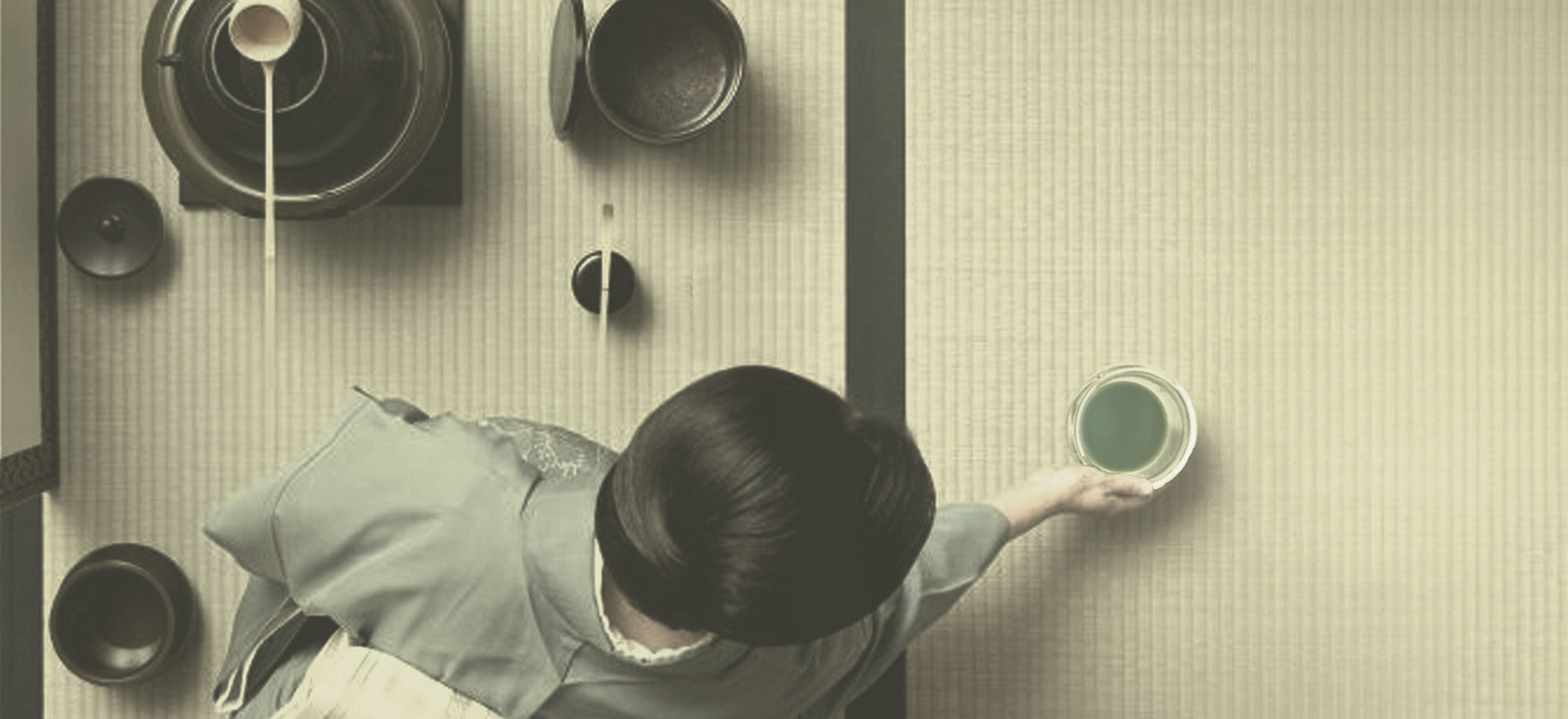Matcha (抹茶) is a type of green tea originated in China and brought over to Japan in 1191. The evolution of matcha and its making has been intertwined with the history of Japanese tea ceremony and Zen Buddhism over the past 400 years. Unlike any other types of tea, matcha is a finely ground powder made from stone-grinding green tea leaves grown under unique conditions. Brewing matcha involves whisking it into warm water, as opposed to simply steeping. Thus, the entire leaf is consumed, carrying with it a more sophisticated flavour profile as well as greater nutritional properties than any other types of tea. It is for this reason that matcha has been considered both as a gourmet delicacy as well as a natural panacea of modern times.
As a highly-prized ceremonial delicacy, matcha can be indulged in an epicurean manner not unlike that of a fine wine. Artisanal-grade matcha, which denotes matcha that is meant to be enjoyed purely on its own, is generally marked by three key features: colour, aroma and taste. The highest grades of matcha are electric blue-ish green in colour, in contrast to the brownish green colour possessed by lower-grade matcha. Artisanal matcha will also have an aroma of fresh, young vegetables, almost buttery, as opposed to an astringent, grassy, hay-like scent found in lower-quality matcha. Lastly, when brewed correctly, artisanal matcha will glide smoothly into your mouth, bursting with a symphony of flavours that range from floral notes to savoury-sweet, umami undertones. Fine matcha can sometimes be touted as a green espresso, with a robust body, a smooth mouthfeel, and a long, heavenly finish with little or no trace of bitterness.
The purest and most potent form of tea, matcha has also long been consumed as natural medicine. Eisai, a famous Japanese Buddhist monk, described matcha as a ‘healing medicine for a healthy life; an art for a long life’ (Kissa Youjyouki, 1211). Modern scientific research has confirmed matcha as a great source of naturally occurring antioxidants (approximately 137 times that of regular green tea), amino acids, vitamins, flavonoids and essential minerals. Due to its L-theanine content, matcha also contributes to the state of ‘calming alertness’ that lasts for hours without the “lull” that usually follows a strong coffee after an hour or two. Because of this effect, matcha has historically been used by Zen Buddhist monks and samurai warriors to enhance their mental focus before practicing meditation sessions or stepping into arenas.
It is remarkable that an item of such gastronomical indulgence can also possess such outstanding health properties and it is no surprise that fine matcha has been gaining popularity among the most sophisticated and health-conscious consumers and gourmet enthusiasts around the world over the past recent years.
We hope that this post has helped to provide you with a greater understanding of this amazing tea, and hope that you will be able to truly appreciate the quality and complexity of fine artisanal matcha.


